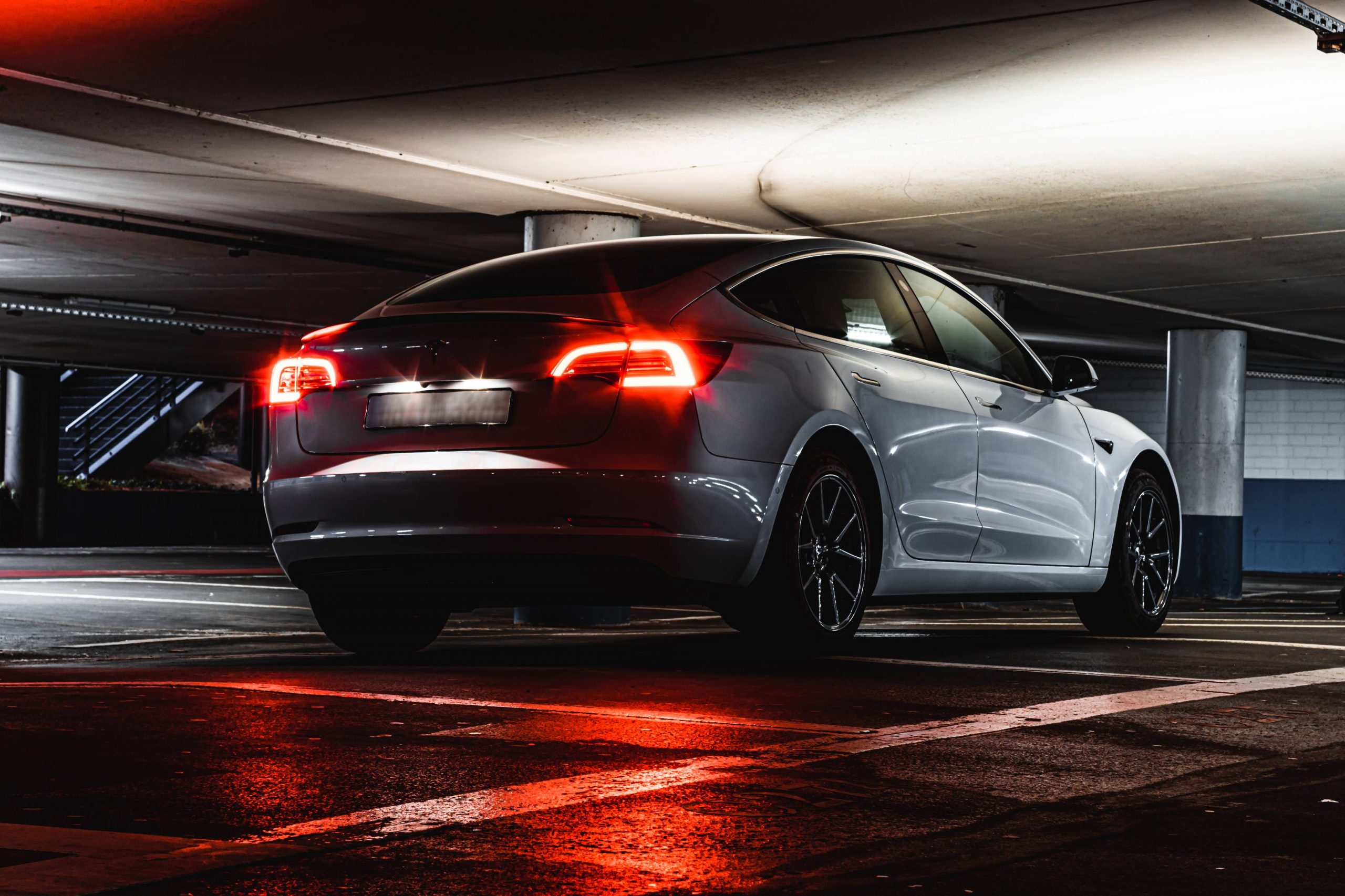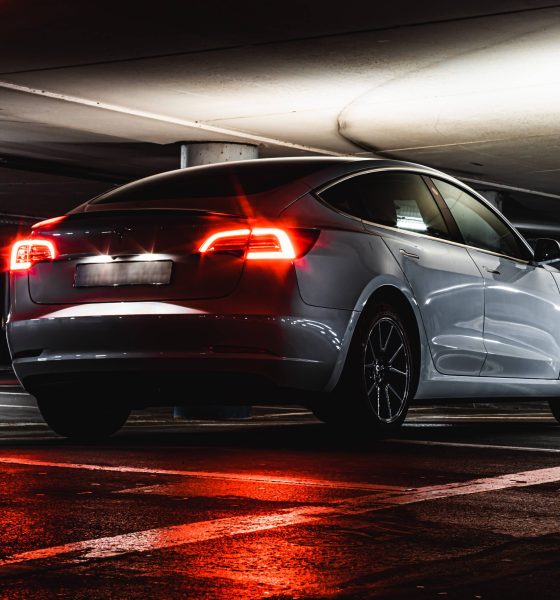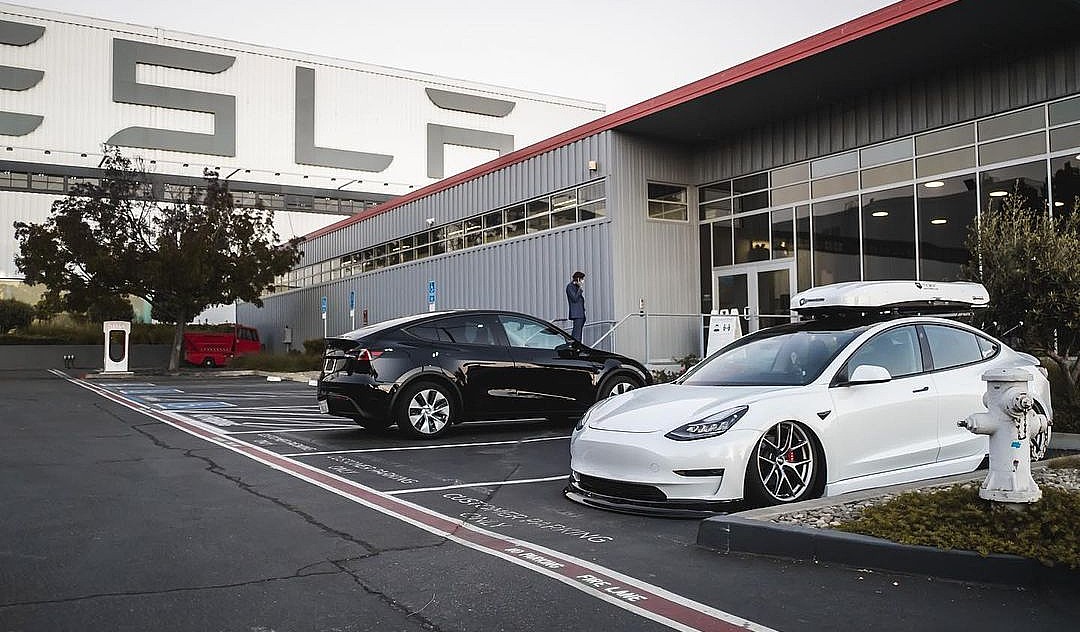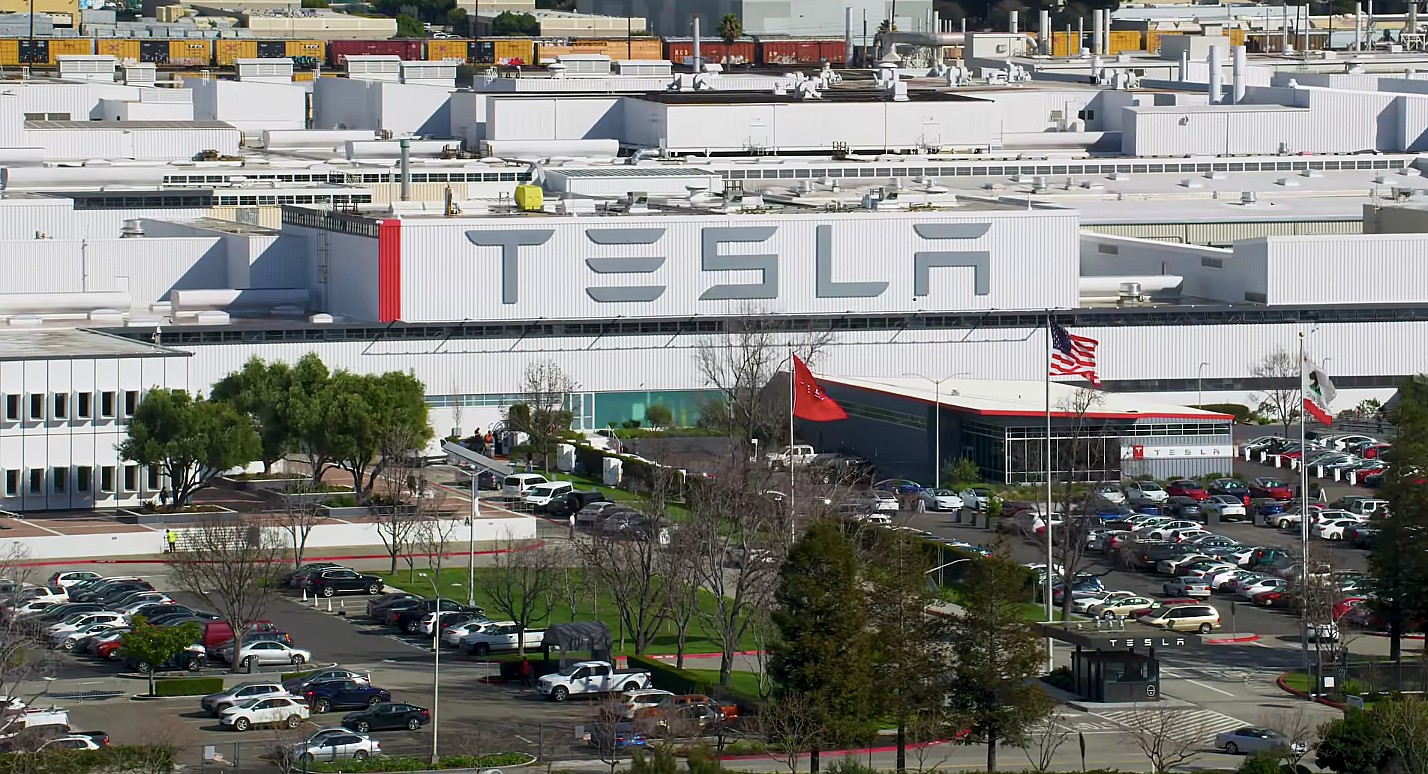

News
Teslas and other EVs could enter a golden decade with newly-introduced US bill
Teslas and other electric cars may very well enter a golden age of sorts in the United States, if a newly-proposed bill makes it through. Dubbed as the Electric CARS Act, the bill aims to update the EV tax credit by extending it for ten years and removing the number of eligible vehicles per manufacturer. The bill also seeks to support the buildout of more electric car charging infrastructure.
A federal tax credit of up to $7,500 is currently available for customers who purchase an electric vehicle. However, the current system phases out this credit after an automaker sells its first 200,000 electric cars. Tesla and General Motors have both passed this threshold, which means buyers of both companies’ electric vehicles no longer receive their $7,500 tax credit. With this system in place, the United States practically makes incentives for car buyers to purchase imported EVs instead of those from local automakers like GM.

Tesla, for its part, has been pushing its electric vehicles without the $7,500 tax credit since the end of 2018 (reduced credits were implemented over 2019), when the company passed its 200,000-vehicle threshold. Fortunately, Tesla’s vehicles like the Model 3 and Model Y have stood well on their own merits, garnering critical and consumer support even without tax credits. If the Electric CARS Act passes, companies like Tesla could make an even stronger push into the automotive sector.
The Electric CARS Act aims to improve the federal tax credit through the following means:
- The elimination of the cap for EV makers. The bill would allow consumers access to the tax credit for the next ten years, regardless of the manufacturer they buy their EV from. Under these terms, even Tesla and GM electric car buyers would be able to get their tax credits once more.
- A 5-year use period. The bill would allow buyers to use their respective tax credits over a 5-year period, meaning that EV customers could apply the credit either at the point of purchase or later on. Such a system would make the tax credit more applicable to buyers without large tax liabilities.
- Charging infrastructure support. The bill would provide a 10-year extension of tax credits for alternative fuel vehicles and charging infrastructure. This incentivizes the buildout of EV charging systems like Tesla’s Supercharger Network and other rapid charging services like Electrify America.
The Electric CARS Act is sponsored by Jeff Merkley (D-OR) and Rep. Peter Welch (D-VT), both of whom highlighted the importance of the electric vehicle sector in the United States. In a statement to Channel 21 News, Merkley stated that the bill is apt considering the ongoing climate chaos. He also highlighted the importance of supporting EVs made by American workers in American factories.
“As climate chaos continues to ramp up with record-setting winter storms, violent hurricanes, and catastrophic wildfires, it is imperative that we transition away from gasoline-powered vehicles, which are fanning the flames of the crisis. Consumers are already looking for electric cars, and this bill will help drive adoption faster—and make sure more of those cars are made by American workers in American factories,” Merkley said.

Welch, for his part, explained that supporting electric cars would be a common-sense win for consumers, especially considering that EVs are practical to own.
“We need to quickly and aggressively invest in electric vehicles to combat the global climate emergency that threatens all of our local communities. Owning an electric vehicle can be cheaper and offers significant public health and environmental benefits, but for many Americans, they are unaffordable at the dealership. This bill makes the next generation of electric vehicles accessible to more people by allowing them to receive the electric vehicle tax credit right away. Encouraging electric vehicle adoption is a common-sense win for consumers, the environment, and American workers,” Welch noted.
Led by Tesla and its S3XY line, electric vehicles have disrupted the automotive industry, even without the presence of the $7,500 tax credit. With the Electric CARS Act in effect, companies like Tesla could reach an even bigger consumer market, bringing EVs further into mainstream buyers. Ultimately, the newly-proposed bill has the potential to usher in a golden age of electric cars in the United States. After all, if Tesla could emerge as a competitive automaker even without the country’s primary EV incentive, one could only imagine the heights the company could reach with less handicaps.
The text of the Electric CARS Act could be viewed below.
21.02.23 Electric Cars 2021 by Simon Alvarez on Scribd
Don’t hesitate to contact us for news tips. Just send a message to tips@teslarati.com to give us a heads up.

News
Tesla starts showing how FSD will change lives in Europe
Local officials tested the system on narrow country roads and were impressed by FSD’s smooth, human-like driving, with some calling the service a game-changer for everyday life in areas that are far from urban centers.

Tesla has launched Europe’s first public shuttle service using Full Self-Driving (Supervised) in the rural Eifelkreis Bitburg-Prüm region of Germany, demonstrating how the technology can restore independence and mobility for people who struggle with limited transport options.
Local officials tested the system on narrow country roads and were impressed by FSD’s smooth, human-like driving, with some calling the service a game-changer for everyday life in areas that are far from urban centers.
Officials see real impact on rural residents
Arzfeld Mayor Johannes Kuhl and District Administrator Andreas Kruppert personally tested the Tesla shuttle service. This allowed them to see just how well FSD navigated winding lanes and rural roads confidently. Kruppert said, “Autonomous driving sounds like science fiction to many, but we simply see here that it works totally well in rural regions too.” Kuhl, for his part, also noted that FSD “feels like a very experienced driver.”
The pilot complements the area’s “Citizen Bus” program, which provides on-demand rides for elderly residents who can no longer drive themselves. Tesla Europe shared a video of a demonstration of the service, highlighting how FSD gives people their freedom back, even in places where public transport is not as prevalent.
What the Ministry for Economic Affairs and Transport says
Rhineland-Palatinate’s Minister Daniela Schmitt supported the project, praising the collaboration that made this “first of its kind in Europe” possible. As per the ministry, the rural rollout for the service shows FSD’s potential beyond major cities, and it delivers tangible benefits like grocery runs, doctor visits, and social connections for isolated residents.
“Reliable and flexible mobility is especially vital in rural areas. With the launch of a shuttle service using self-driving vehicles (FSD supervised) by Tesla in the Eifelkreis Bitburg-Prüm, an innovative pilot project is now getting underway that complements local community bus services. It is the first project of its kind in Europe.
“The result is a real gain for rural mobility: greater accessibility, more flexibility and tangible benefits for everyday life. A strong signal for innovation, cooperation and future-oriented mobility beyond urban centers,” the ministry wrote in a LinkedIn post.
News
Tesla China quietly posts Robotaxi-related job listing
Tesla China is currently seeking a Low Voltage Electrical Engineer to work on circuit board design for the company’s autonomous vehicles.

Tesla has posted a new job listing in Shanghai explicitly tied to its Robotaxi program, fueling speculation that the company is preparing to launch its dedicated autonomous ride-hailing service in China.
As noted in the listing, Tesla China is currently seeking a Low Voltage Electrical Engineer to work on circuit board design for the company’s autonomous vehicles.
Robotaxi-specific role
The listing, which was shared on social media platform X by industry watcher @tslaming, suggested that Tesla China is looking to fill the role urgently. The job listing itself specifically mentions that the person hired for the role will be working on the Low Voltage Hardware team, which would design the circuit boards that would serve as the nervous system of the Robotaxi.
Key tasks for the role, as indicated in the job listing, include collaboration with PCB layout, firmware, mechanical, program management, and validation teams, among other responsibilities. The role is based in Shanghai.
China Robotaxi launch
China represents a massive potential market for robotaxis, with its dense urban centers and supportive policies in select cities. Tesla has limited permission to roll out FSD in the country, though despite this, its vehicles have been hailed as among the best in the market when it comes to autonomous features. So far, at least, it appears that China supports Tesla’s FSD and Robotaxi rollout.
This was hinted at in November, when Tesla brought the Cybercab to the 8th China International Import Expo (CIIE) in Shanghai, marking the first time that the autonomous two-seater was brought to the Asia-Pacific region. The vehicle, despite not having a release date in China, received a significant amount of interest among the event’s attendees.
Elon Musk
Elon Musk and Tesla AI Director share insights after empty driver seat Robotaxi rides
The executives’ unoccupied tests hint at the rapid progress of Tesla’s unsupervised Robotaxi efforts.

Tesla CEO Elon Musk and AI Director Ashok Elluswamy celebrated Christmas Eve by sharing personal experiences with Robotaxi vehicles that had no safety monitor or occupant in the driver’s seat. Musk described the system’s “perfect driving” around Austin, while Elluswamy posted video from the back seat, calling it “an amazing experience.”
The executives’ unoccupied tests hint at the rapid progress of Tesla’s unsupervised Robotaxi efforts.
Elon and Ashok’s firsthand Robotaxi insights
Prior to Musk and the Tesla AI Director’s posts, sightings of unmanned Teslas navigating public roads were widely shared on social media. One such vehicle was spotted in Austin, Texas, which Elon Musk acknowleged by stating that “Testing is underway with no occupants in the car.”
Based on his Christmas Eve post, Musk seemed to have tested an unmanned Tesla himself. “A Tesla with no safety monitor in the car and me sitting in the passenger seat took me all around Austin on Sunday with perfect driving,” Musk wrote in his post.
Elluswamy responded with a 2-minute video showing himself in the rear of an unmanned Tesla. The video featured the vehicle’s empty front seats, as well as its smooth handling through real-world traffic. He captioned his video with the words, “It’s an amazing experience!”
Towards Unsupervised operations
During an xAI Hackathon earlier this month, Elon Musk mentioned that Tesla owed be removing Safety Monitors from its Robotaxis in Austin in just three weeks. “Unsupervised is pretty much solved at this point. So there will be Tesla Robotaxis operating in Austin with no one in them. Not even anyone in the passenger seat in about three weeks,” he said. Musk echoed similar estimates at the 2025 Annual Shareholder Meeting and the Q3 2025 earnings call.
Considering the insights that were posted Musk and Elluswamy, it does appear that Tesla is working hard towards operating its Robotaxis with no safety monitors. This is quite impressive considering that the service was launched just earlier this year.








